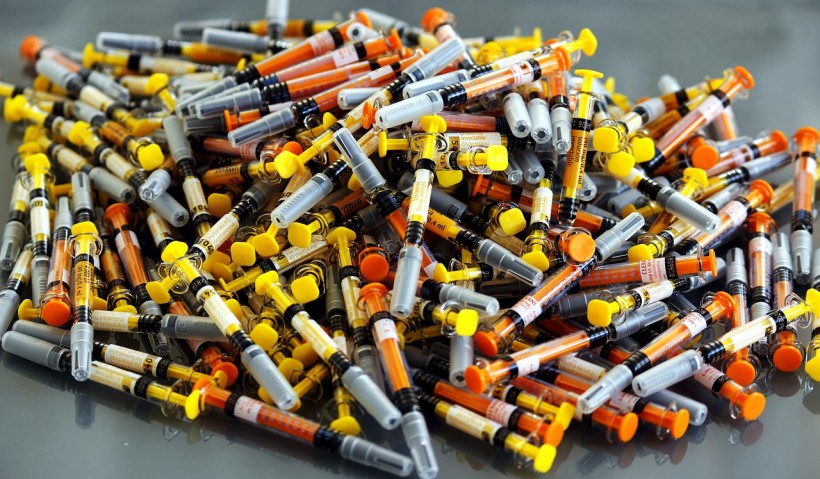A recent study shows that heparin, a common drug used to treat deep vein thrombosis, could be a powerful mechanism in fighting COVID-19.
Researchers claim that the Food and Drug Administration-approved (FDA) drug could be used as a trap to prevent the SARS-CoV-2 virus, which causes the coronavirus, from infecting human cells.

Common anticoagulant, heparin, was found to neutralize SARS-CoV-2
The coronavirus uses a surface spike protein to cling onto human cells. By latching onto healthy cells, they then start the infection. However, heparin, a known blood thinner, binds firmly with the surface spike protein, preventing an infection from commencing.
The study's authors believe that heparin could be introduced into the body using a nebulizer or nasal spray. This would then interfere with viral binding, thus lowering the chances of infection. Experts have also used the same approach of using a decoy in other viruses such as influenza A, dengue, and Zika.
According to Robert Linhardt, the lead author of the study, their proposed approach could be used as early intervention, particularly in COVID-positive patients who are asymptomatic.
The chemistry and chemical biology professor at Rensselaer Polytechnic Institute added that although a vaccine might be the ultimate solution, other therapies could also be used to control viral spread until a vaccine is found. The full findings of the study were published this week in Antiviral Research.
Read Also: Bioinspired coating for medical devices repels blood and bacteria
Heparin Use in COVID-19
In humans, SARS-CoV-2 binds to an ACE2 receptor. The researchers theorized that heparin would offer an equally enticing target. In a binding assay, the researchers discovered that heparin clung to the trimeric SARS-CoV-2 spike protein at 73 picomoles.
Jonathan Dordick, a chemical and biological engineering professor at Rensselaer, comments that it was an extremely tight bonding. Collaborating with Linhardt to develop the decoy strategy, he says that it was a thousand times tighter than a regular antibody-antigen.
He added that once it binds, it isn't going to come off. Dordick says the coronavirus isn't the only pathogen they would confront in a pandemic. Antivirals with great efficacy are lacking, which is why it is important to understand how drugs like heparin are related to blocking viral entry to the body.
Something to Consider for Future Pandemics
Future pandemics are a possibility if humans continue to not pay close attention to nature and refine how they interact with natural resources. Scientists believe that this approach could aid in future outbreaks that could arise, as it has helped with many before the coronavirus.
In previous research, a team led by Linhardt and Dordick determined the decoy strategy on viruses with a structure similar to SARS-CoV-2. The team created a trap for the dengue virus back in 2019 by using specific aptamers to the tips of a model made of folded DNA.
Prior to that, they also made a synthetic polymer meant to match the influenza virus's sialic acid latch points. Furthermore, the team has successfully reduced mice's mortality from the infection from 100 percent to 25 percent over 14 days.
According to Deepak Vashishth, the director of the Center for Biotechnology and Interdisciplinary Studies at Rensselaer, the ingenious approach effectively traps viruses. Moreover, it is a good example of how biotechnology approaches being developed are used to address demanding global health problems.
Also Read: Thrombotic Events Mysteriously Occur on Many COVID-19 Patients














